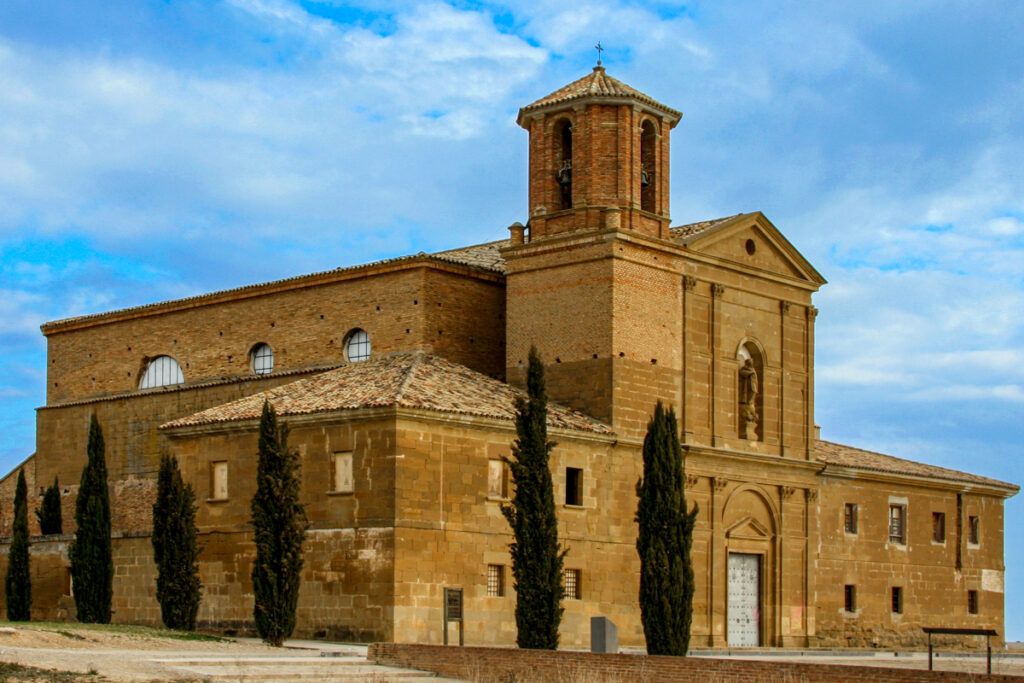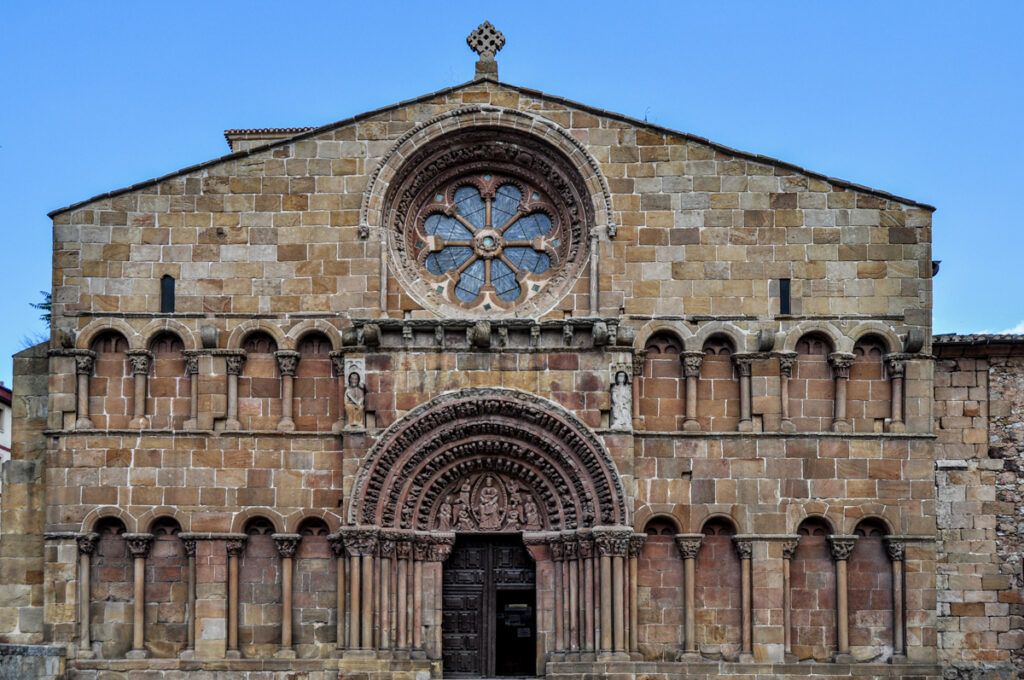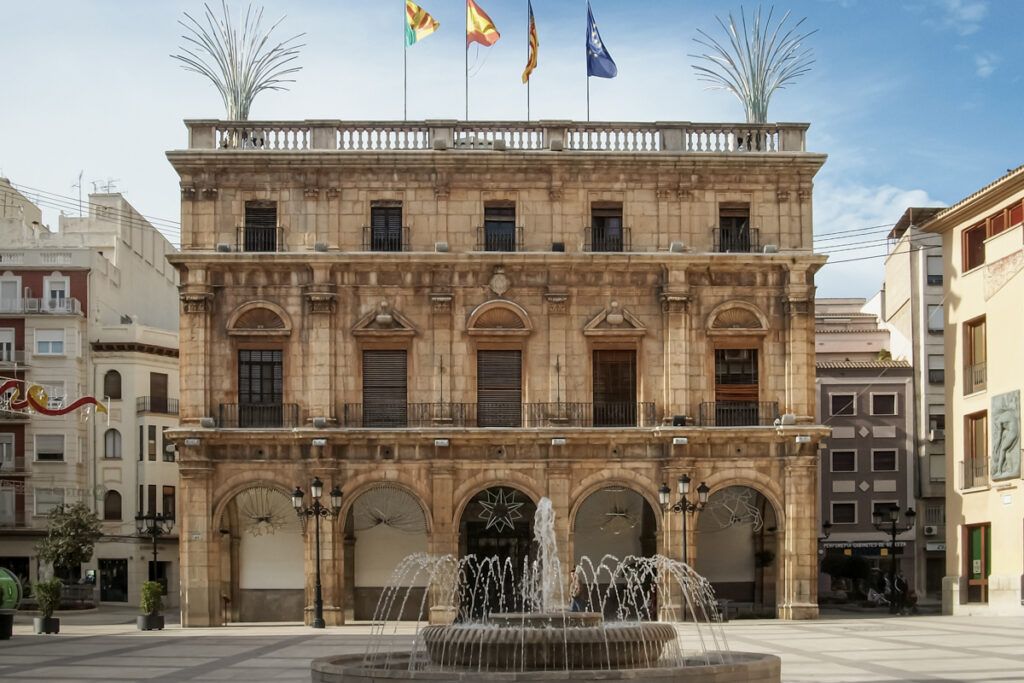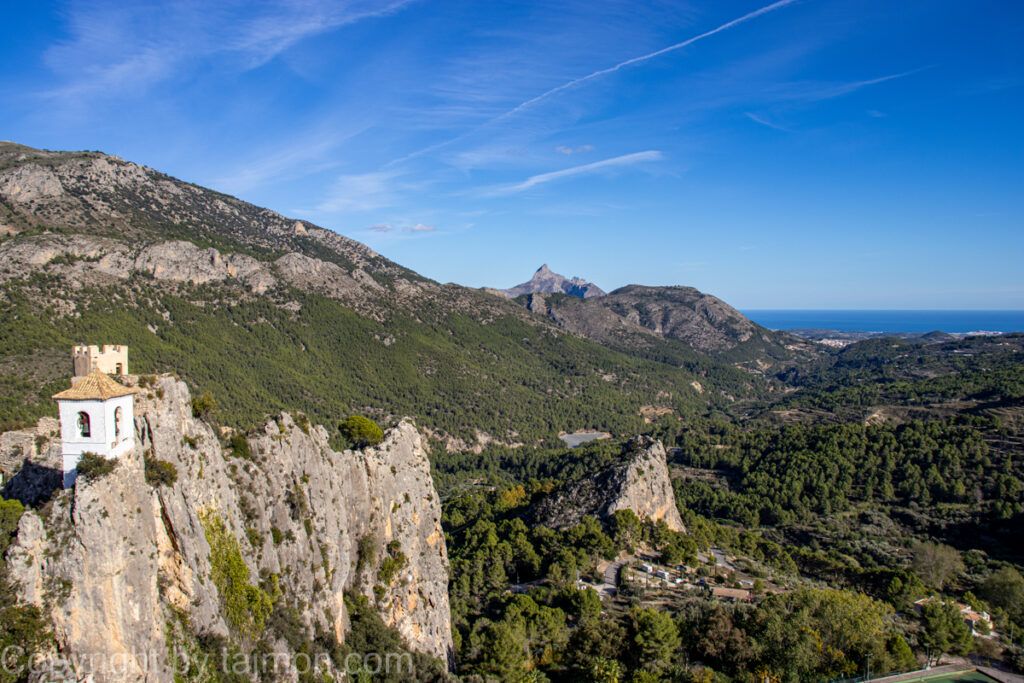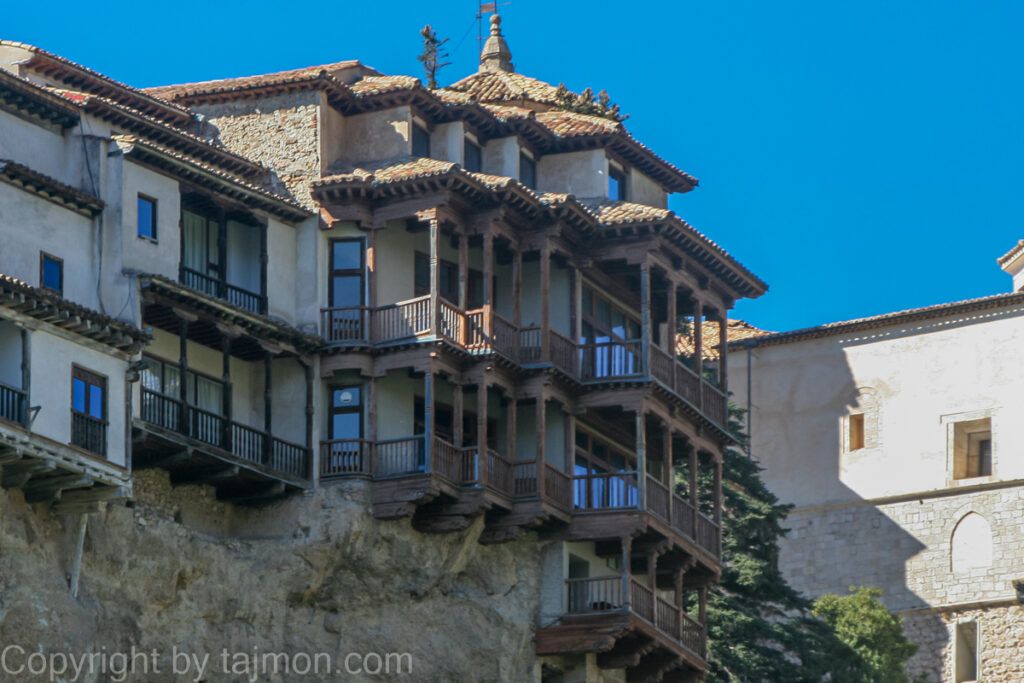Huesca Museum
If you want to learn about the history and culture of Huesca and its surroundings, you cannot miss a visit to the Museo de Huesca, or Huesca Museum. The museum was founded in 1873 thanks to the efforts of artist and art historian Valentín Carderera, who amassed a rich collection of works from historic churches and monasteries that were nationalized after the disentailment of Mendizábal in 1835. The museum is owned by the state, but is managed by the autonomous community of Aragon. It is housed in two historic buildings: the former Sertorian University from the 17th century and the adjacent Palace of the Kings of Aragon from the 12th century.
It is divided into two sections: archaeology and fine arts, which cover the period from prehistory to the 20th century. In the archaeological section, you can see various objects and monuments that testify to the presence and development of various civilizations that inhabited these lands, such as the Iberians, Romans, Visigoths, Moors, Jews, and Christians. Some of the most interesting exhibits include:
-
- The Stela from Coscojuela de Fantova, a stone slab from the 6th century BC, on which an inscription in the Iberian language was engraved, being one of the oldest records of this language.
- The sarcophagus from Almudévar, a stone sarcophagus from the 3rd century AD, on which scenes from the life of the deceased are depicted, related to his work and hobbies, such as hunting, fishing, music, and dance.
- The plaque from Tamarite de Litera, a marble plaque from the 6th century AD, on which an inscription in Latin was engraved, being one of the oldest testimonies of Christianity in Aragon.
- The golden bracelet from Alquézar, a golden bracelet from the 7th century AD, adorned with filigree and garnets, being an example of high-quality Visigothic goldsmithing.
- Ceramic vessels from Almohad, ceramic vessels from the 12th-13th century AD, made in the ataurique technique, characteristic of Muslim art, which involves creating geometric and plant motifs.
In the fine arts section, you can admire various works of painting, sculpture, graphics, and photography, which depict the evolution of art in Huesca and Aragon from the Middle Ages to the present. Some of the most important works include:
-
- The Altarpiece from Bierge, a wooden altarpiece from the 13th century, covered with polychrome and gold, on which scenes from the life of Mary and Christ are depicted, as well as figures of saints and angels, being an example of Romanesque art.
- The Retablo from Liesa, a wooden retablo from the 15th century, covered with polychrome and gold, on which scenes from the Passion of Christ are depicted, as well as figures of saints and angels, being an example of Gothic art.
- Portrait of Ferdinand II the Catholic, an oil portrait on canvas from the 16th century, depicting the king of Aragon and Castile in ceremonial dress, holding a scepter and royal apple, being an example of Renaissance art.
- Self-portrait of Francisco de Goya, an oil self-portrait on canvas from the 18th century, depicting the famous painter born in Fuendetodos, near Huesca, dressed in a black caftan and hat, holding a palette and brushes, being an example of Enlightenment art.
- Landscape from Huesca, a watercolor on paper from the 19th century, depicting a view of the city from the perspective of a hill, on which there is a castle, being an example of Romantic art.
The Huesca Museum is open to visitors from Tuesday to Saturday, except Mondays and holidays. Opening hours vary depending on the time of year. Admission to the museum is free. There is the possibility of visiting with a guide or an audio guide. The museum also organizes various workshops, conferences, and other cultural events.
Return to the table of contents of the Tourist Guide to Huesca >>>>>>>>>>
